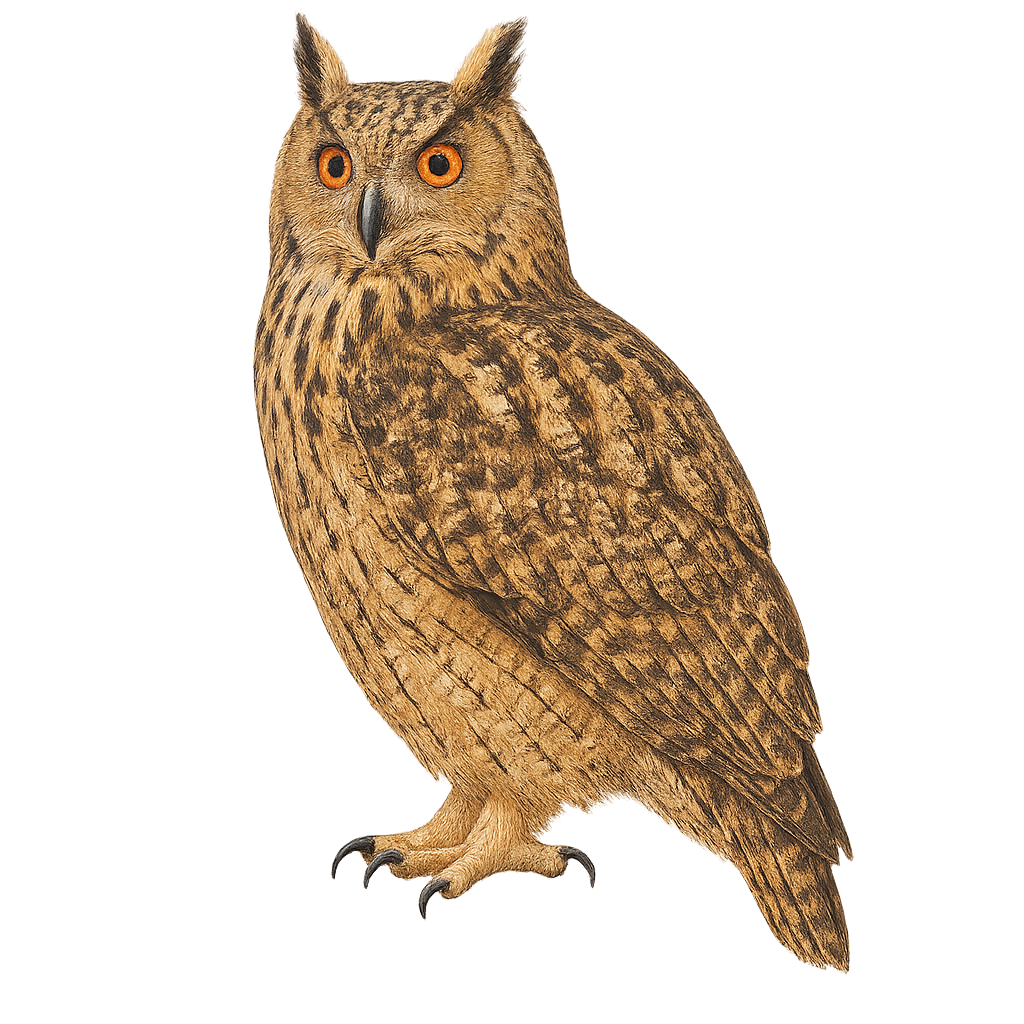Your wildlife photography guide.
Explore the desert owl in detail, study its behavior, prepare your shots.
Where to observe and photograph the desert owl in the wild
Learn where and when to spot the desert owl in the wild, how to identify the species based on distinctive features, and what natural environments it inhabits. The WildlifePhotographer app offers tailored photography tips that reflect the desert owl’s behavior, helping you capture better wildlife images. Explore the full species profile for key information including description, habitat, active periods, and approach techniques.
Desert Owl
Scientific name: Bubo ascalaphus

IUCN Status: Least Concern
Family: STRIGIDAE
Group: Birds
Sensitivity to human approach: Suspicious
Minimum approach distance: 10 m
Courtship display: February to March
Incubation: 30-32 jours
Hatchings: March to May
Habitat:
deserts, steppes, rocky areas
Activity period :
Mainly active at night, generally discreet during the day.
Identification and description:
The Bubo ascalaphus, or Desert Owl, is an impressive nocturnal bird of prey, primarily found in the arid regions of North Africa and the Middle East. This owl is distinguished by its sandy plumage, which allows it to blend seamlessly into its desert environment. It has large yellow eyes and prominent ear tufts. An efficient predator, it primarily feeds on small mammals, birds, and insects. Its call is a deep, resonant hoot, often heard at dusk. The Desert Owl is a solitary bird, except during the breeding season when it forms monogamous pairs. Its ability to survive in extreme conditions makes it a fascinating example of animal adaptation.
Recommended lens:
400 mm – adjust based on distance, desired framing (portrait or habitat), and approach conditions.
Photography tips:
To photograph the Desert Owl, it is advisable to use a telephoto lens of 400 mm or more to capture detailed images without disturbing the bird. Focus on dusk or dawn hours when it is most active. Be patient and discreet, blending into the environment to avoid startling it. A tripod can be useful for stabilizing the camera in low-light conditions. Remember to maintain a safe distance of at least 10 m to avoid disrupting its natural behavior.
The WildlifePhotographer App is coming soon!
Be the first to explore the best nature spots, track rutting seasons, log your observations, and observe more wildlife.
Already 1 431 wildlife lovers subscribed worldwide

